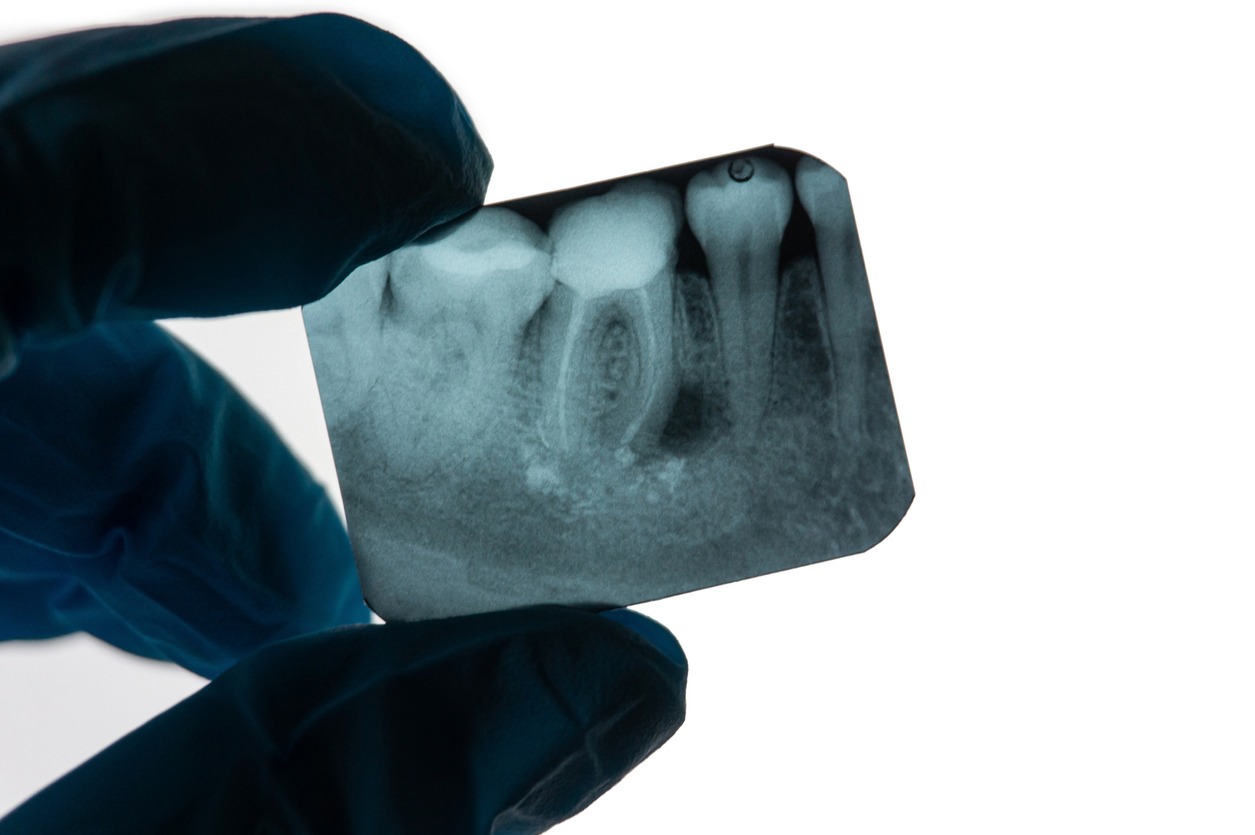A root canal is a dental procedure that’s often misunderstood and can seem daunting. Here’s a comprehensive guide to understanding what a root canal is, why it’s done, the procedure itself, and what to expect after:
What is a Root Canal?
Root canal therapy, often just referred to as a “root canal,” is a common dental procedure that many people may need at some point in their lives. Understanding what it involves can help demystify the process and alleviate any apprehension. Here’s an in-depth look:
1. Understanding the Tooth Structure:
- Tooth Anatomy: A tooth consists of several parts: the crown (above the gum line) and the root (below the gum line). Inside the tooth is the pulp, which contains nerves, blood vessels, and connective tissue.
- The Role of Pulp: The pulp is vital during a tooth’s growth and development. However, once a tooth is fully mature, it can survive without the pulp because it continues to be nourished by the tissues surrounding it.
2. The Root Canal System:
- Complex Structure: Each tooth has a root canal system that can be complex, with multiple canals and branches. This system provides a pathway for the pulp to travel from the body of the tooth to the tip of the root.
- Infection and Damage: When the pulp is infected or damaged due to decay, cracks, or trauma, it can lead to pain and swelling. If left untreated, this can cause a dental abscess or even systemic infection.
3. What Causes Pulp Damage?
- Deep Decay: Tooth decay that penetrates through the outer layers (enamel and dentin) into the pulp.
- Injury to the Tooth: Trauma such as a knock or a blow can damage the pulp even if the injury doesn’t crack the tooth.
- Repeated Dental Procedures: Frequent drilling or other dental procedures on a particular tooth can cause pulp damage.
- Cracks or Chips in the Tooth: These can expose the pulp to bacteria that cause infection.
Root canal therapy is a crucial dental procedure that helps save teeth that would otherwise need to be extracted. With modern techniques and anesthesia, it’s typically a painless process. Understanding what a root canal is and why it’s performed can help ease any anxiety and prepare you for the procedure if needed.
Why is a Root Canal Needed?
Consulting a dentist about a root canal is important if you’re experiencing certain symptoms that may indicate an issue with the pulp of your tooth. When tooth decay reaches the pulp, it can cause infection. Additionally, an injury to a tooth or a cracked or broken tooth can also lead to infection within the pulp. Here are key signs that you should see a dentist for a potential root canal:
The Root Canal Procedure:
- Examination and X-rays: The dentist will first take X-rays to assess the extent of the damage.
- Local Anesthesia: The area around the tooth is numbed with local anesthesia.
- Pulpectomy: An opening is made in the top of the tooth to access the pulp. The infected or damaged pulp is removed.
- Cleaning and Shaping: The root canal is then cleaned, disinfected, and shaped.
- Filling the Root Canal: The cleaned canal is filled with a biocompatible material, usually a rubber-like material called gutta-percha.
- Sealing the Tooth: The opening in the tooth is then sealed with a temporary or permanent filling.
After the Procedure:
- Temporary Sensitivity: Some discomfort or sensitivity is normal for a few days after the procedure. It can usually be managed with over-the-counter pain relievers.
- Follow-Up: A follow-up visit may be necessary to place a crown or other restoration on the tooth to protect it and restore it to full function.
- Oral Hygiene: Good oral hygiene practices, including regular brushing, flossing, and check-ups, are important after a root canal.
Success Rates and Considerations:
- High Success Rate: Root canal treatments have a very high success rate and can last a lifetime.
- Alternatives: The main alternative to a root canal is tooth extraction, which is more invasive and often requires further dental work, like an implant or bridge.
Myths and Misconceptions:
- Pain: Modern techniques and anesthesia make root canal treatments relatively painless, contrary to popular belief.
- Illness Myth: There’s a misconception that root canals can lead to illness elsewhere in the body, but this is not supported by scientific evidence.
Conclusion
Root canal treatment is a highly effective way to save a tooth that would otherwise be lost to decay or infection. While the procedure might seem intimidating, advancements in dental technology have made it as straightforward and comfortable as possible.
Remember, the best way to avoid root canals is to maintain good oral hygiene and regular dental check-ups to catch issues early. If you’re experiencing symptoms that suggest you might need a root canal, consult your dentist as soon as possible for an evaluation.


